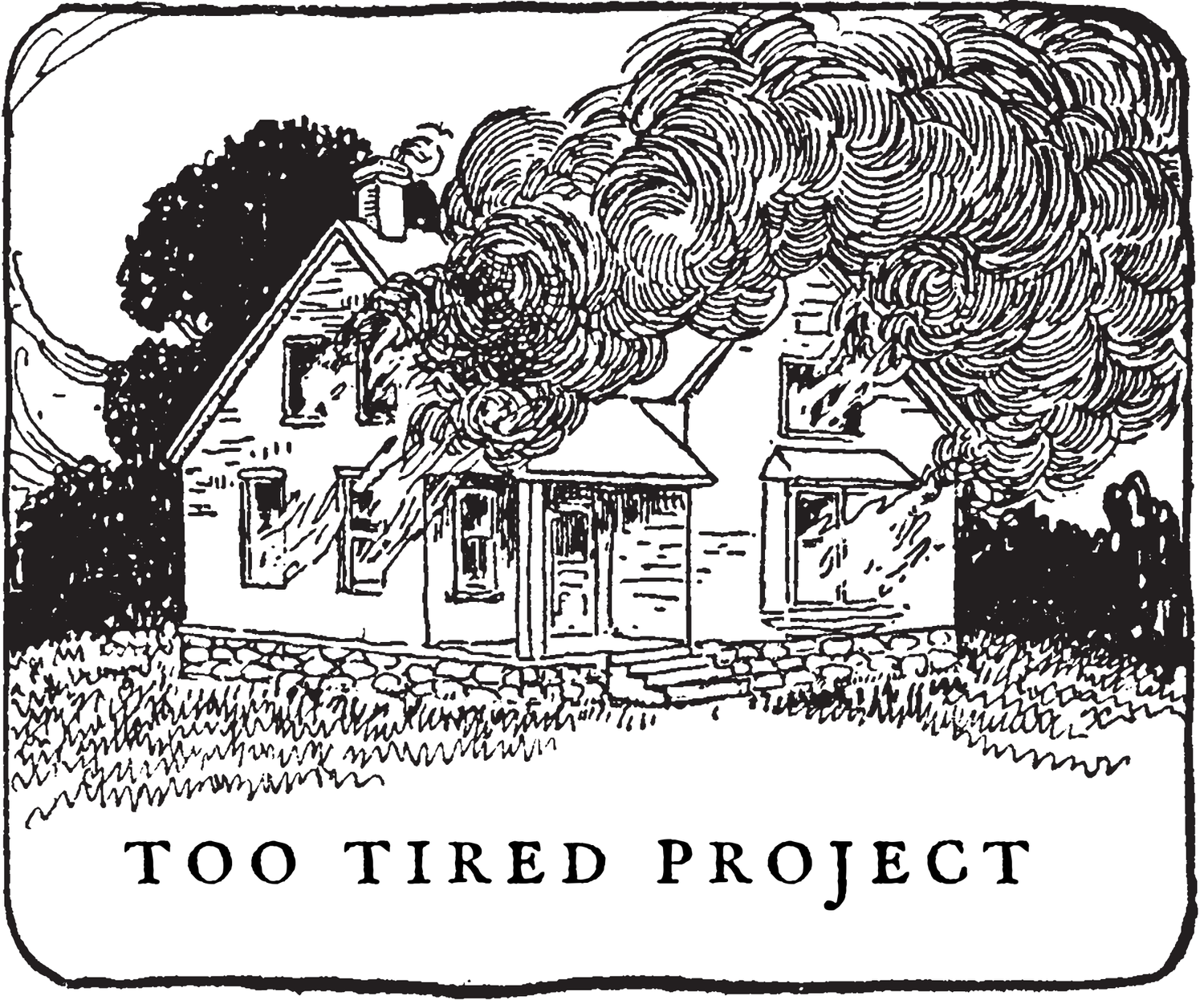Interview: Victoria Charleson on her practice and “Run from Hunger”
Tell us about the project.
As soon as you admit to the world that you have an eating disorder, there becomes an expectation that you must treat it, and I have been unwilling to do so. I have held my eating disorder near and dear to my heart for so many years that the thought of living a life without it has simply been unimaginable. However, after recovering from a nervous breakdown in 2020, I finally reached a point where I felt ready to take on my disorder in therapy. As the discomfort emerged during my sessions, I began to feel like it was time to make a project about it. I needed a place to put it, a way to disengage.
What is your process like?
Over time, I have learned not to overthink or plan too far ahead when it comes to my creative process. When I surrender control and simply follow my instincts, that is when I produce my best work.
Does mental health or wellness factor into the creation of your work?
I became an artist because I needed a place to put the suffering. I have lived with a mental illness most of my life, and for years it went untreated. The act of making art allows me a place to channel the pain, and ultimately release some of it. I do not rely on riding the waves of my manic depression to produce work; however, my episodes do influence what, how, and why I make certain projects.
How did you begin this project?
I did not know what I was going to do, or what I wanted to say, until one day, on a total impulse, I called up my sister and revealed all of the secret “tricks” I used to run from hunger. She was concerned, but also baffled and fascinated. This really was the turning point for me: I decided that I wanted to use my camera as a way of confronting my eating disorder head on, and in order to do this, I needed to create a sort of confession.
Was the process of creating this project helpful for dealing with the emotion you're describing in your images?
This project helped loosen the grip that my eating disorder has had on me. It did not cure a 23-year obsession with thinness but it has, at the very least, allowed me to disassociate from some of the destructive behaviors I was engaging in.
What is your relationship to photography?
I call myself a lens-based performance artist because I think that is a more accurate description of what I do. However, I have been using a camera as my preferred tool since I was 17 years old. The thing I love about photography is that it provides the immediacy I need to channel my discomfort, in real time, into something meaningful and tangible.
Has the pandemic shifted the way you approach your work and/or photography at all?
Over all, as difficult as life has been, the pandemic has fueled my creative output because I have been unable to do so many other activities. I actually made Run from Hunger while in quarantine with Covid-19. Unable to go to work, see my child, or spend time with my partner, committing hours and hours to making images served as an effective distraction from my isolation and allowed me to feel productive.
Thank you so much to Victoria Charleson for taking the time to speak with Too Tired Project. You can explore more of her work on her website.







